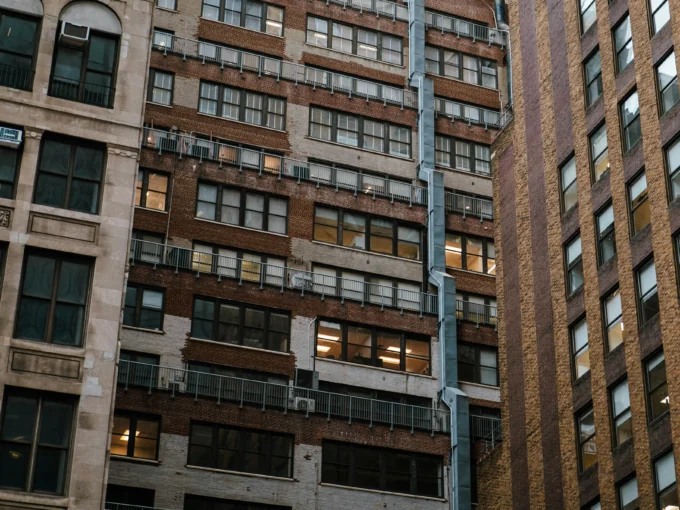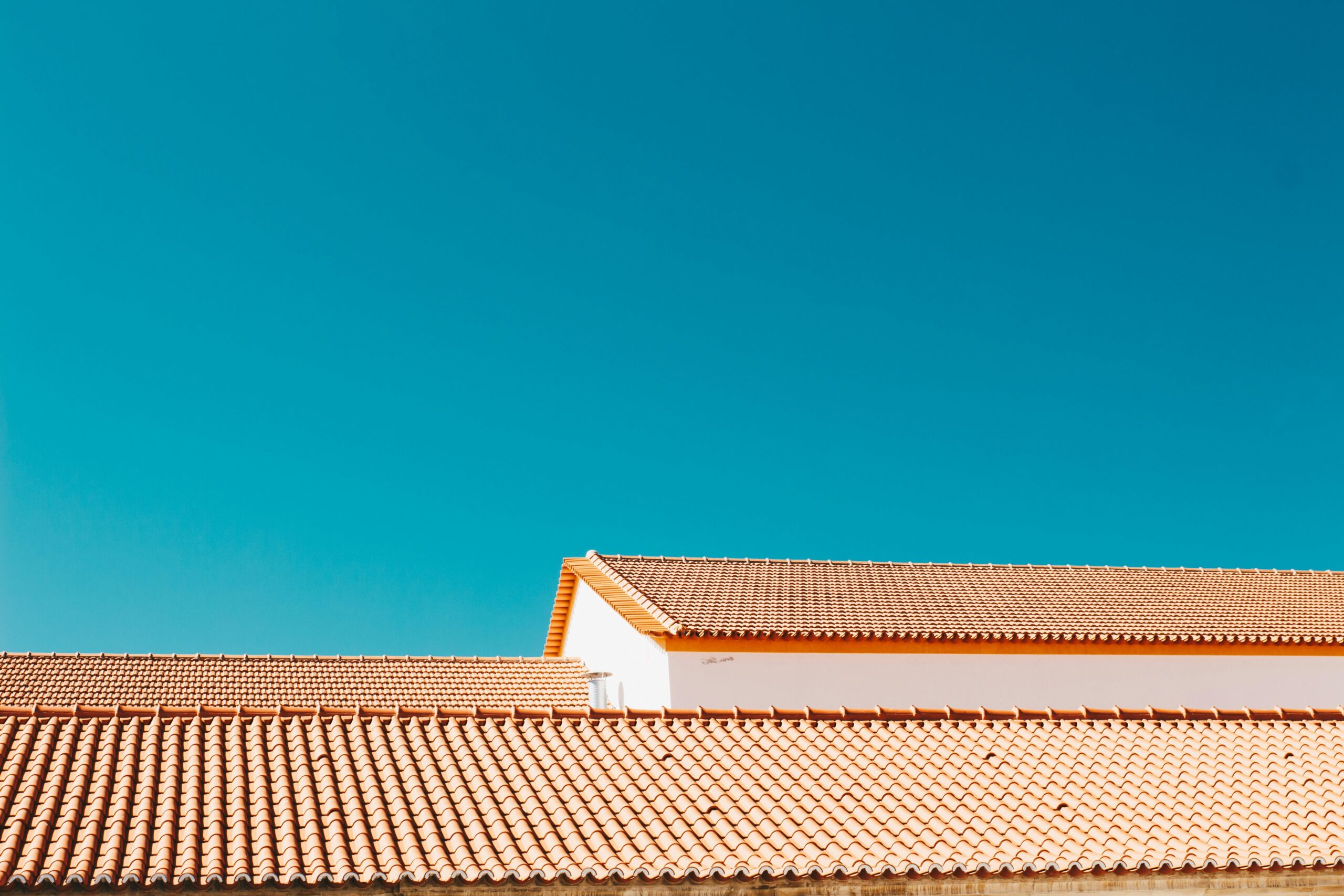- Home
- Articles
- Architectural Portfolio
- Architectral Presentation
- Inspirational Stories
- Architecture News
- Visualization
- BIM Industry
- Facade Design
- Parametric Design
- Career
- Landscape Architecture
- Construction
- Artificial Intelligence
- Sketching
- Design Softwares
- Diagrams
- Writing
- Architectural Tips
- Sustainability
- Courses
- Concept
- Technology
- History & Heritage
- Future of Architecture
- Guides & How-To
- Projects
- Interior Design
- Competitions
- Jobs
- Store
- Tools
- More
- Home
- Articles
- Architectural Portfolio
- Architectral Presentation
- Inspirational Stories
- Architecture News
- Visualization
- BIM Industry
- Facade Design
- Parametric Design
- Career
- Landscape Architecture
- Construction
- Artificial Intelligence
- Sketching
- Design Softwares
- Diagrams
- Writing
- Architectural Tips
- Sustainability
- Courses
- Concept
- Technology
- History & Heritage
- Future of Architecture
- Guides & How-To
- Projects
- Interior Design
- Competitions
- Jobs
- Store
- Tools
- More
Architectural Benefits Of Keeping Roof Repairs A Top Priority

Every building relies on its roof to provide security, comfort, and structural reliability. Over time, weather patterns, environmental stress, and natural wear can weaken a roof’s ability to perform its duties. Putting off necessary repairs often results in more than cosmetic issues, since the structural system of the building depends heavily on roof integrity. By prioritizing maintenance and timely fixes, property owners not only protect their investment but also extend the life of the building. Beyond safeguarding from leaks, cracks, and other damage, regular roof repairs bring architectural advantages that influence stability, energy efficiency, and overall value.
Table of Contents
ToggleResponding to Unexpected Situations
Unforeseen circumstances such as heavy storms, fallen debris, or sudden leaks can place immense strain on a roof. When damage occurs without warning, swift attention becomes necessary to prevent the issue from escalating into structural hazards. In these moments, emergency roofing services become indispensable, offering immediate solutions that prevent water intrusion from spreading to interior spaces or compromising load-bearing elements. Addressing urgent repairs in real time limits long-term costs and reduces the likelihood of secondary problems such as mold, electrical damage, or weakened insulation. The capacity to handle emergencies swiftly reinforces the idea that roof care is a protective shield against architectural vulnerability.

Preserving Structural Integrity
A roof serves as one of the main components responsible for holding a building together. When small cracks or leaks remain untreated, they gradually weaken support beams, rafters, and foundational connections. Over months or years, minor issues can evolve into significant structural concerns that require expensive reconstruction. Prioritizing roof repairs sustains the integrity of the entire building, preventing walls from shifting or ceilings from sagging. Architects often highlight the roof as an interconnected system that distributes weight and balances forces, so preserving its condition translates directly into a longer lifespan for the entire structure.
Improving Energy Efficiency
A damaged roof allows heat to escape in colder months and permits warm air to infiltrate during summer. This imbalance forces heating and cooling systems to work harder, raising energy bills and placing unnecessary strain on mechanical equipment. Properly repaired roofs seal off leaks and maintain stable indoor temperatures. Beyond immediate comfort, this efficiency reduces environmental impact and contributes to a more sustainable architectural footprint. A well-maintained roof functions as insulation, ensuring that energy consumption remains controlled while occupants enjoy consistent indoor conditions.
Protecting Interior Design and Function
Interior finishes, furniture, and equipment depend on a roof’s ability to keep water and drafts outside. When neglected, leaks can stain ceilings, peel paint, and damage electrical wiring. For commercial spaces, interior deterioration can disrupt operations and harm professional reputations. For homes, personal belongings, and treasured possessions remain at risk. Repairing the roof at the right moment safeguards these interior investments, maintaining both functionality and aesthetic appeal. A roof in good condition acts as the first line of defense, allowing the interior layout and design features to serve their intended purpose without interruption.
Extending Longevity of Materials
All building materials, including wood, metal, concrete, and glass, are highly sensitive to environmental exposure. Water infiltration, temperature fluctuations, and prolonged sun exposure can cause warping, corrosion, cracking, and fading over time. A roof acts as the primary protective layer, shielding these materials from such stresses. By addressing repairs promptly, whether replacing damaged shingles, fixing leaks, or reinforcing underlayment, the building’s exterior and interior elements remain protected, maintaining their intended performance and appearance. Regular maintenance also prevents moisture from seeping into structural components, which can lead to rot, rust, or mold growth that undermines durability. Over time, these preventive actions reduce the frequency of large-scale renovations and replacements, saving both money and effort. Preserving the roof’s integrity ensures that every material it protects performs optimally, keeping the overall structure strong, stable, and visually appealing for years longer than it would otherwise last.

Increasing Property Value
Potential buyers or tenants view the roof as a major deciding factor when evaluating a property. A roof in disrepair signals hidden expenses and creates hesitation, while a well-maintained one communicates security and reliability. Prioritizing repairs sends a clear message that the property has been cared for, which directly raises its market value. Beyond financial aspects, the presence of a strong roof provides peace of mind to future occupants, reassuring them that the structure is equipped to handle natural challenges. The roof becomes both a functional asset and a selling point, adding measurable worth to the property.
Treating roof repairs as a top priority delivers benefits that extend far beyond preventing leaks. From protecting against emergencies and preserving structural stability to improving energy performance and safeguarding interior spaces, a well-maintained roof supports the entire building. Repairs extend the life of materials, elevate property value, and provide security for those who occupy the space. By viewing roof care as an architectural necessity rather than a reactive chore, property owners can enjoy lasting durability, financial savings, and peace of mind.
illustrarch is your daily dose of architecture. Leading community designed for all lovers of illustration and #drawing.
Submit your architectural projects
Follow these steps for submission your project. Submission FormLatest Posts
Simple and Stylish Roof Ideas for Homeowners
When designing your home, don’t overlook the roof. It’s essential for both...
Key Qualities to Look For in a Residential Roofing Contractor
Choosing a residential roofing contractor involves careful consideration. The roof is a...
Top Signs It’s Time to Replace Your Gutters, Not Just Repair Them
What plays a crucial role in protecting your roof down to the...
From Planning to Completion: Steps for a Successful Roof Project
Undertaking a roofing project can be a daunting experience. Whether you are...












Leave a comment